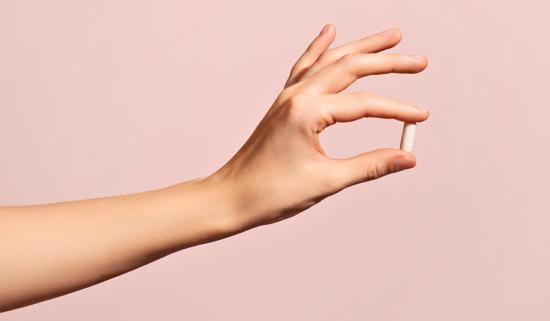Rosacea Blog Posts
We’re here to tell you what we know, but don’t take it as medical advice. Talk to your medical provider about your specific health concerns.
Latest from Curology

Fact vs. fiction: the best skin treatment for redness and rosacea
Treatments that work for facial redness may also work for rosacea! Here’s what you need to know.

Worried about cheek acne? Here’s how to help treat it
Various factors can cause this common form of blemish, but being aware of what touches your face and using the right acne treatment may help alleviate it.

How to calm rosacea flare-ups—including redness and burning
Help prevent flare-ups that can cause redness, dilated blood vessels, and inflamed acne-like blemishes.

4 facial treatments that can help manage rosacea symptoms
Prescription-strength rosacea treatments and simple lifestyle changes can reduce symptoms.

Everything you need to know about treating chronic rosacea
To minimize rosacea flare-ups, you’ll have to know what causes them in the first place.

Can rosacea spread to other parts of your body? What you need to know
Rosacea is most common on your nose, cheeks, chin, and forehead, but it can also occur on your chest, ears, neck, and scalp.

How to get rid of blemishes? Common types, and treatment options
Understanding your blemishes will help you to prevent and heal them. Here’s what you need to know.

8 oral medications for acne that are proven to work
Persistent breakouts can be incredibly frustrating—but the right oral medication for acne may be able to help.

How long does a rosacea flare-up last? Experts explain
Short answer: It depends! But you can take steps to manage this condition.

Seborrheic dermatitis vs. rosacea: What you need to know
Multiple skin conditions can look like rosacea—that’s why a proper diagnosis is so important.

White bump on eyelid: Potential causes and treatment
Experts share what might be the culprit for a white bump on your eyelid and what you can do about it.

How ivermectin is used in skincare
Dermatology providers unpack the mechanisms, benefits, and precautions of this prescription ingredient.